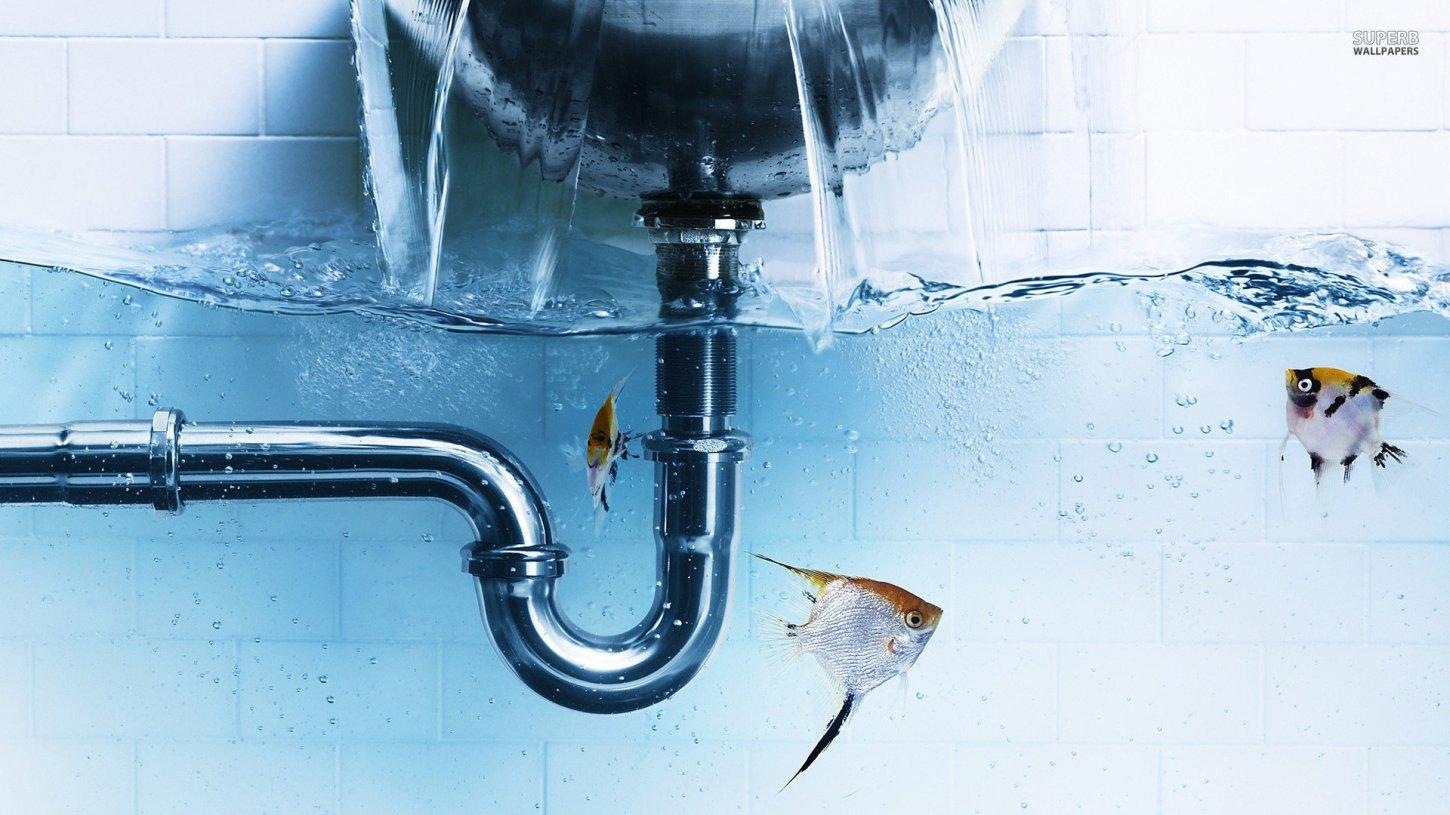Pipe Dreams: Unveiling the Secrets of Expert Plumbing
Introducing "Pipe Dreams: Unveiling the Secrets of Expert Plumbing"
Renovating a bathroom, fixing a leaky faucet, or unclogging drains may seem like simple tasks, but have you ever really pondered the intricacies of plumbing? From ensuring the proper flow of water to maintaining a well-functioning system, plumbing plays a vital role in our daily lives. In this comprehensive plumbing guide, we will delve into the secrets of expert plumbing, unveiling the behind-the-scenes workings and sharing invaluable tips that will save you both time and money.
Plumbing is often viewed as a mystical art, with an intricate network of pipes hidden behind walls and under floors. But fear not, aspiring DIY enthusiasts and curious minds! In this article, we will demystify the complexities of plumbing, empowering you with the knowledge and confidence to tackle plumbing projects with ease. Whether you’re a seasoned homeowner or a first-time renter, understanding the fundamentals of plumbing will not only enhance your living experience but also help you troubleshoot issues and potentially avoid costly repairs.
So, grab your wrench and put on your imaginary plumber’s hat as we embark on a journey to uncover the secrets of expert plumbing. From practical tips on maintaining your plumbing system to tackling common issues, this guide will equip you with the know-how to become your own plumbing hero. Ready to dive into the world of pipes, valves, and drains? Let’s get started on this enlightening and empowering plumbing adventure!
Understanding the Plumbing System
In order to fully grasp the intricacies of plumbing, it is crucial to understand the fundamental workings of the plumbing system. This system, found in both residential and commercial buildings, is responsible for bringing in fresh water and disposing of wastewater. Let’s delve into the key components that make up this essential infrastructure.
At the heart of the plumbing system lies the water supply system. This system typically connects to a main water line, which is responsible for delivering clean and safe water to different areas of a building. From here, a network of pipes and valves distribute water to individual fixtures such as faucets, showers, toilets, and appliances like dishwashers and washing machines.
In conjunction with the water supply system, the drainage system plays a crucial role in removing wastewater and sewage from the building. The drainage system utilizes a series of interconnected pipes, vents, and traps to carry away used water and prevent the buildup of harmful gases and odors. Properly installed and maintained drainage systems are vital for maintaining a hygienic and functional plumbing system.
A core concept in plumbing is the distinction between the supply and drainage systems. Hence, it is important to ensure that the two systems remain separate to avoid any contamination of clean water. This is achieved through the use of different pipes and a well-designed layout. Understanding this clear division between supply and drainage systems is key to comprehending the overall workings of the plumbing infrastructure.
With a basic understanding of the plumbing system, we can begin to delve deeper into the various components and processes that contribute to its functionality. In the following sections, we will explore the intricacies of plumbing installation, maintenance, and common issues faced by both homeowners and professional plumbers. So, let’s embark on this journey as we uncover the secrets of expert plumbing.
Common Plumbing Issues and Solutions

Clogged Drains: One of the most common plumbing issues that homeowners encounter is a clogged drain. Whether it’s a kitchen sink, bathroom drain, or shower drain, blockages can occur for various reasons. Often, they are caused by the buildup of grease, food particles, hair, or small objects that find their way into the pipes. When faced with a clogged drain, you can try using a plunger to remove the obstruction. If that doesn’t work, a mixture of vinegar and baking soda can be poured down the drain to dissolve the blockage. For more stubborn clogs, using a drain snake may be necessary to clear the pipe.
-
Leaky Faucets: Another common plumbing issue that can be quite frustrating is a leaky faucet. The constant dripping not only wastes water but also adds to your water bill. Most leaky faucets are caused by worn-out or faulty rubber seals, O-rings, or washers inside the faucet. To fix this problem, you can start by turning off the water supply to the faucet. Then, dismantle the faucet and inspect the washers, O-rings, and seals for any signs of damage or wear. If necessary, replace these components and reassemble the faucet to stop the leak.
-
Running Toilets: A running toilet is not only noisy but can also waste a significant amount of water over time. This is often caused by a faulty flapper valve or an improper adjustment of the tank’s water level. To fix a running toilet, you can start by checking the condition of the flapper valve and ensuring it fully closes. If the flapper is worn or damaged, replacing it should solve the problem. Additionally, adjusting the water level in the tank by either raising or lowering the float can also help stop a running toilet.
By being aware of these common plumbing issues and their solutions, you can handle minor plumbing problems that arise in your home more confidently. However, for more complex plumbing issues or if you’re unsure about tackling the problem yourself, it’s always best to seek professional help to avoid further damage.
Tips for Maintaining a Healthy Plumbing System
Regular maintenance is key to keeping your plumbing system in optimal condition. Follow these simple tips to ensure the long-term health of your plumbing:
-
Keep Drains Clear: Avoid putting anything other than water down your drains. Food scraps, grease, and hair can all clog your pipes and lead to major plumbing issues. Use drain covers and regularly clean them to catch any debris before it enters your pipes.
-
Monitor Water Pressure: High water pressure can strain your plumbing system and lead to leaks. Use a pressure gauge to check the water pressure regularly. If it exceeds the recommended range, consider installing a pressure regulator or contacting a professional plumber to adjust the pressure.
-
Prevent Frozen Pipes: During cold weather, take precautions to prevent your pipes from freezing. Insulate exposed pipes, especially those in unheated areas, and disconnect garden hoses. If temperatures drop significantly, allow faucets to drip slightly to prevent pipes from freezing.
By following these tips, you can maintain a healthy plumbing system and minimize the risk of costly repairs or emergencies. Remember, regular maintenance is key to avoiding plumbing problems in the long run.


